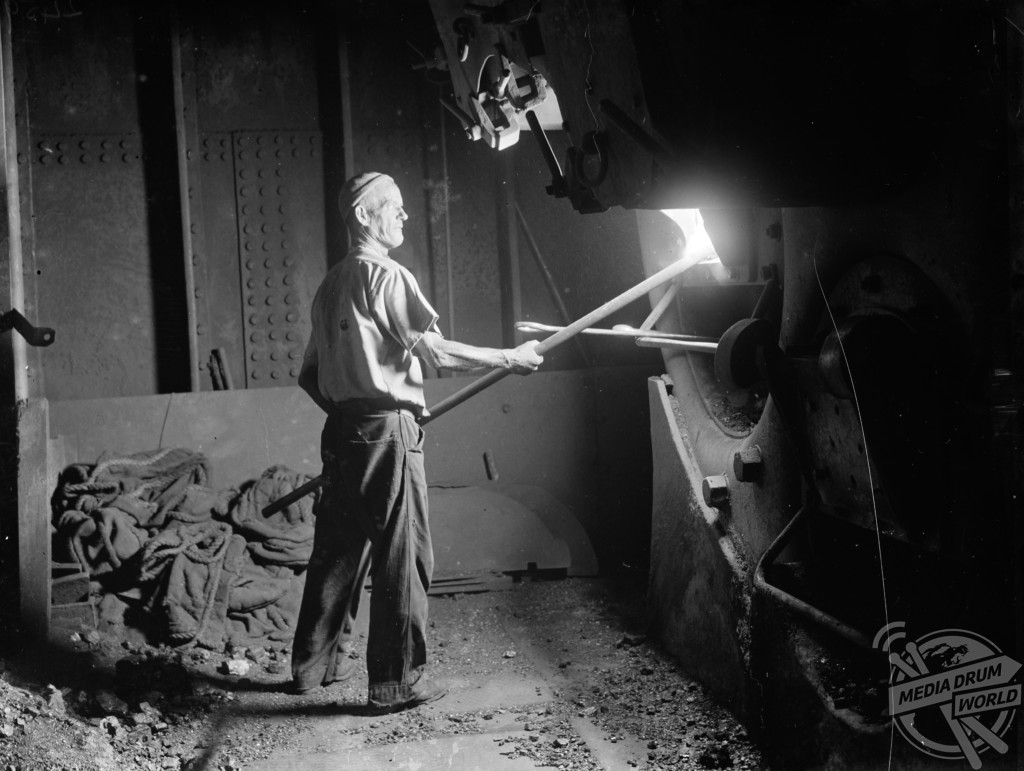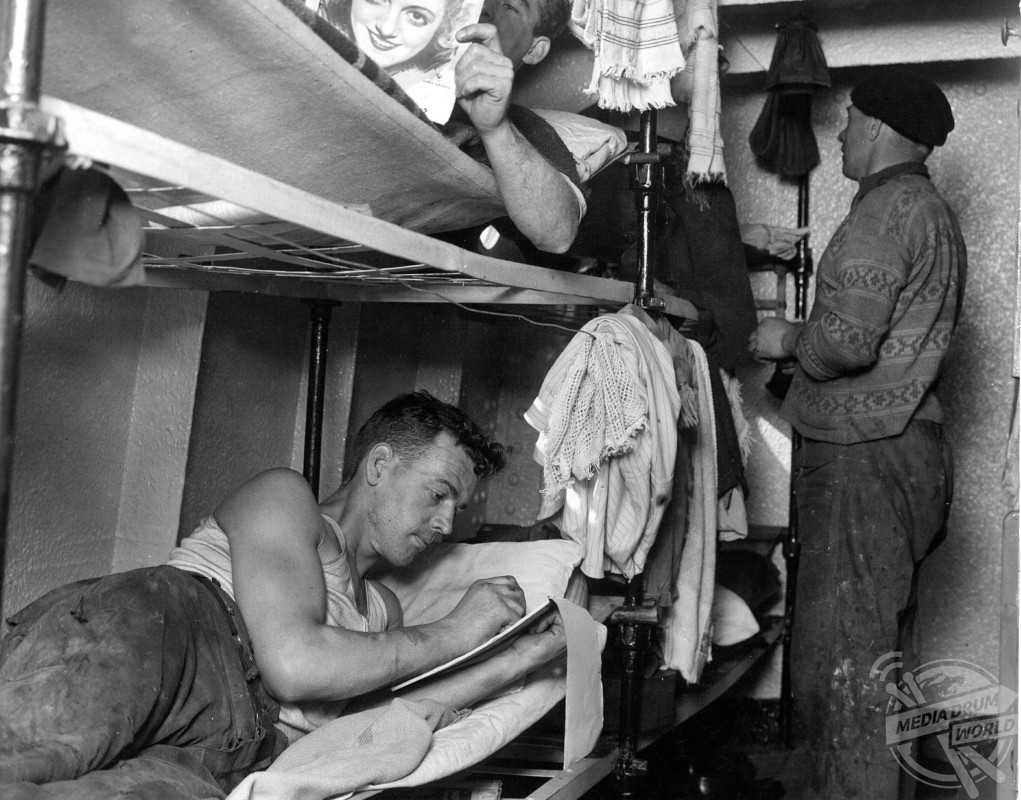
By Liana Jacob
RETRO IMAGES reveal what life was like for crew members of the Tramp Steamer ship SS Eston during the early TWENTIETH CENTURY.
Black and white pictures show the different responsibilities shipping crew had while sailing on the French coast such as loading coal into the ship’s boiler.
Other photographs illustrate the various activities they got up to in their spare time like reading and cooking, including the Captain of the ship viewing the coast from his binoculars.

Further pictures expose the dangerous side to tramp steamer ships with the waves crashing against the ship during the rough seas.
The term Tramp for Tramp Steamer is derived from the British meaning of ‘tramp’ as vagrant; in this context it is first documented in the 1880s, along with ‘ocean tramp’, where many sailing vessels engaged in irregular trade as well.
The tramp trade first took off in Britain around the mid-19th century; the dependability and timeliness of steam ships was found to be financially viable than sail ships.

The coal was needed for ships’ boilers and this increased a demand for the business for moving large amounts of Welsh coal to various seaports in Britain. Within just a few years, tramp ships became the main drivers of trade, transporting coal and finished products from British cities internationally.
The weight of tramp ships stayed consistent between 1900 and 1940 at around 7,000 to 10,000 deadweight tons.
Due to the explosion of liner services and also due to containerisation since the 1960s, the tramp trade has declined but has not completely ended.






